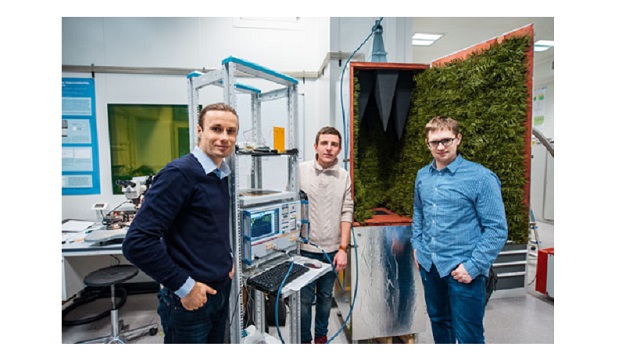A new metamaterial could improve the accuracy of nanosensors in optics and biomedicine by cloaking them from external radiation.
Researchers from Politecnico di Torino and NUST MISIS modeled and prototyped a metamaterial for making nanoscale objects invisible in the uncovered THz frequency range. For their model, the researchers used a cylinder made from perfect electric conductor (PEC), with a radius of 2.5 μm, to imitate a nanosensor. Because it was metallic, the nanosensor model possessed very high wave scattering, allowing the researchers to carry out calculations for the maximum possible level of re-radiation.
The key element of the new metamaterial is a metamolecule consisting of four dielectric lithium tantalate (LiTaO3) cylinders, each with a radius of 5 μm. When serving as a coating for a nanosensor, the dielectrics interact with radiation, exciting a nonradiating anapole mode. When separated from each other, all the elements radiate and distort the electric and magnetic fields. But when the elements are considered all together, the object becomes invisible to an external observer.
The researchers said that other materials besides LiTaO3 could be considered, depending on the field of application. For example, in nano-optics, it may be possible to work with silicon and germanium, while in biomedical sensors, biocompatible sodium chloride could be a possible alternative.
The next stage of the research will involve the experimental characterization of a prototype of the proposed structure in vitro. The researchers are also interested in creating configurations by using proper materials, for example, graphene, and geometrical arrangements that are transparent only at certain wavelengths and/or angles of incidence. The challenge the research team has set for itself is to generalize its findings and develop a theory that can be used to model and assemble metamaterials that will cloak nanoscaled objects at all wavelengths and at any angles.








